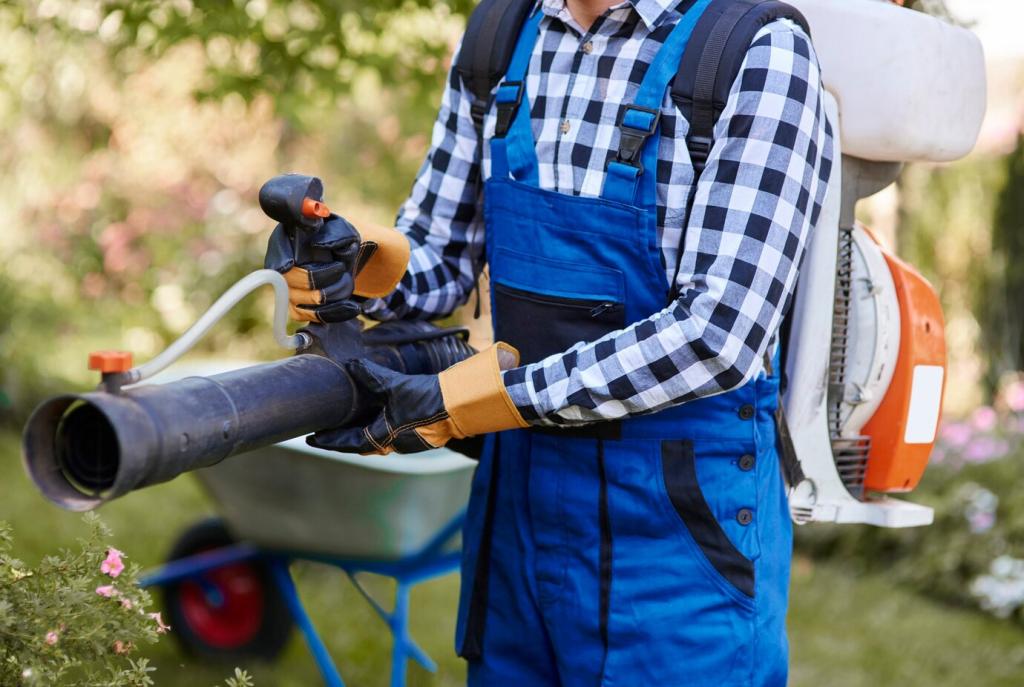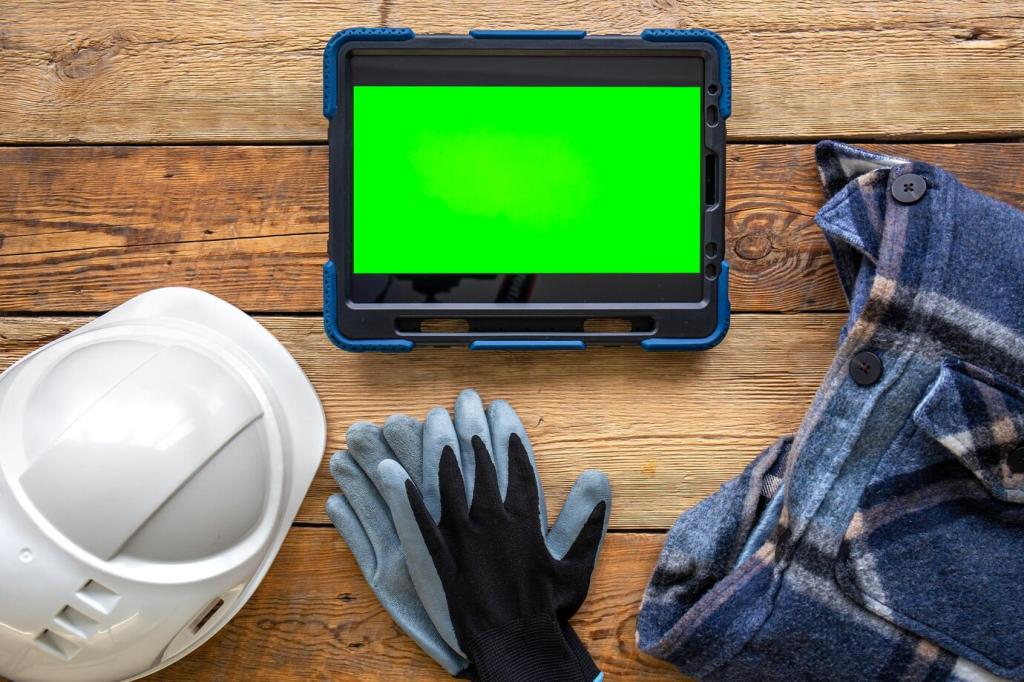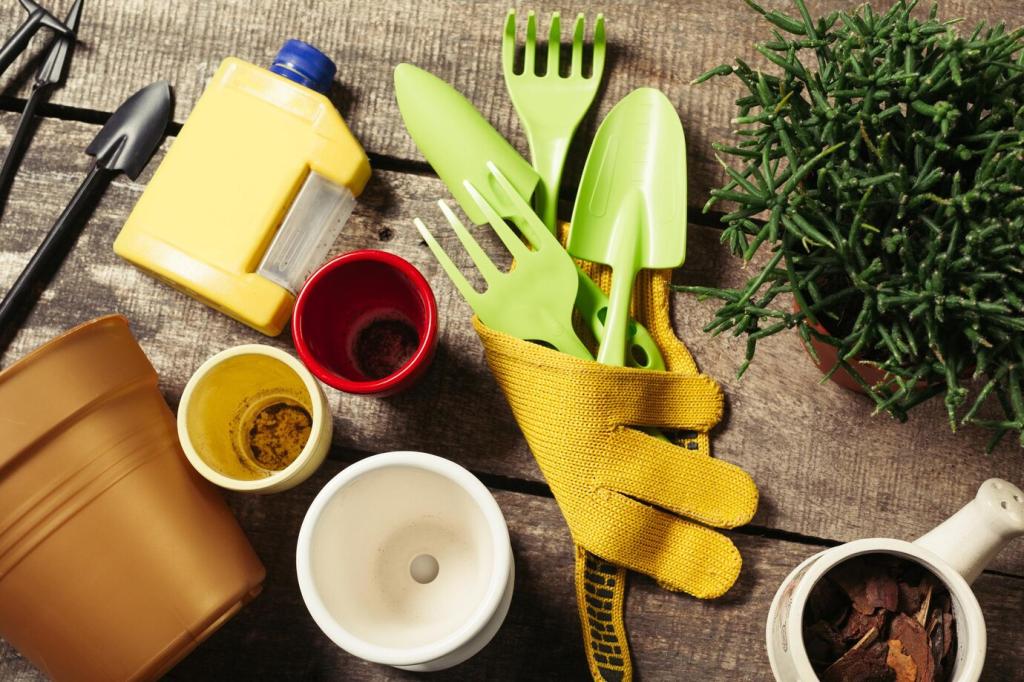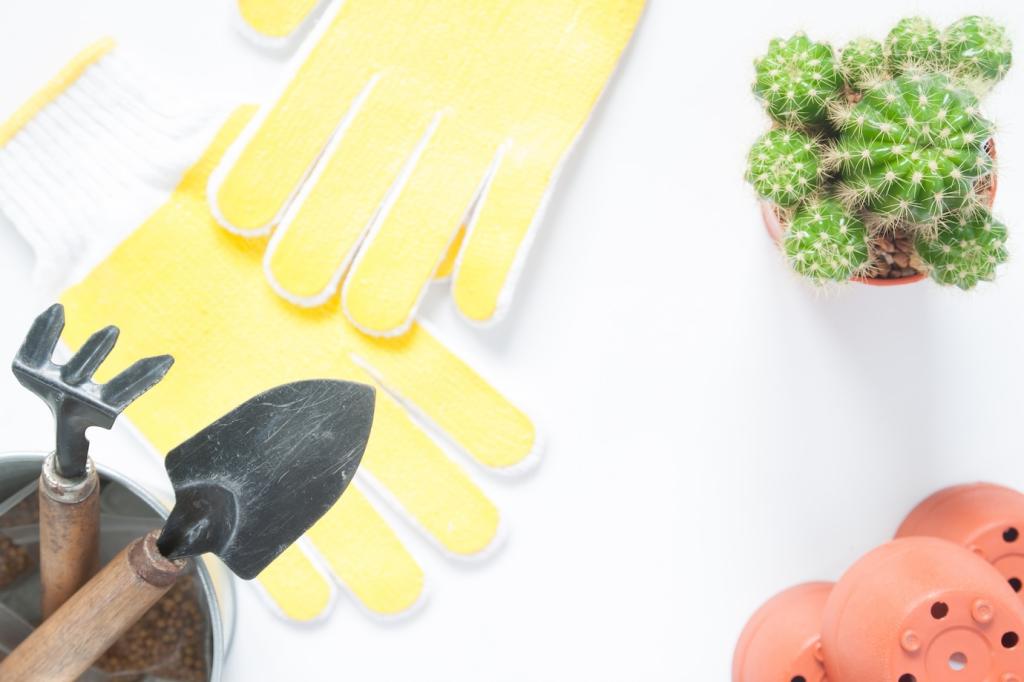Application Mastery: Techniques for a Deep, Lasting Luster
Dust thoroughly, then lightly wipe with a barely damp cloth to lift grime without soaking fibers. For stubborn spots, use a fine abrasive pad gently, preserving character while preparing pores to accept nourishing oils and wax.
Application Mastery: Techniques for a Deep, Lasting Luster
Work in small circles using a soft, lint-free cloth. Apply minimal polish, then buff with patient, even pressure. The sheen should bloom gradually, revealing clarity and depth rather than a quick, flashy glare.










